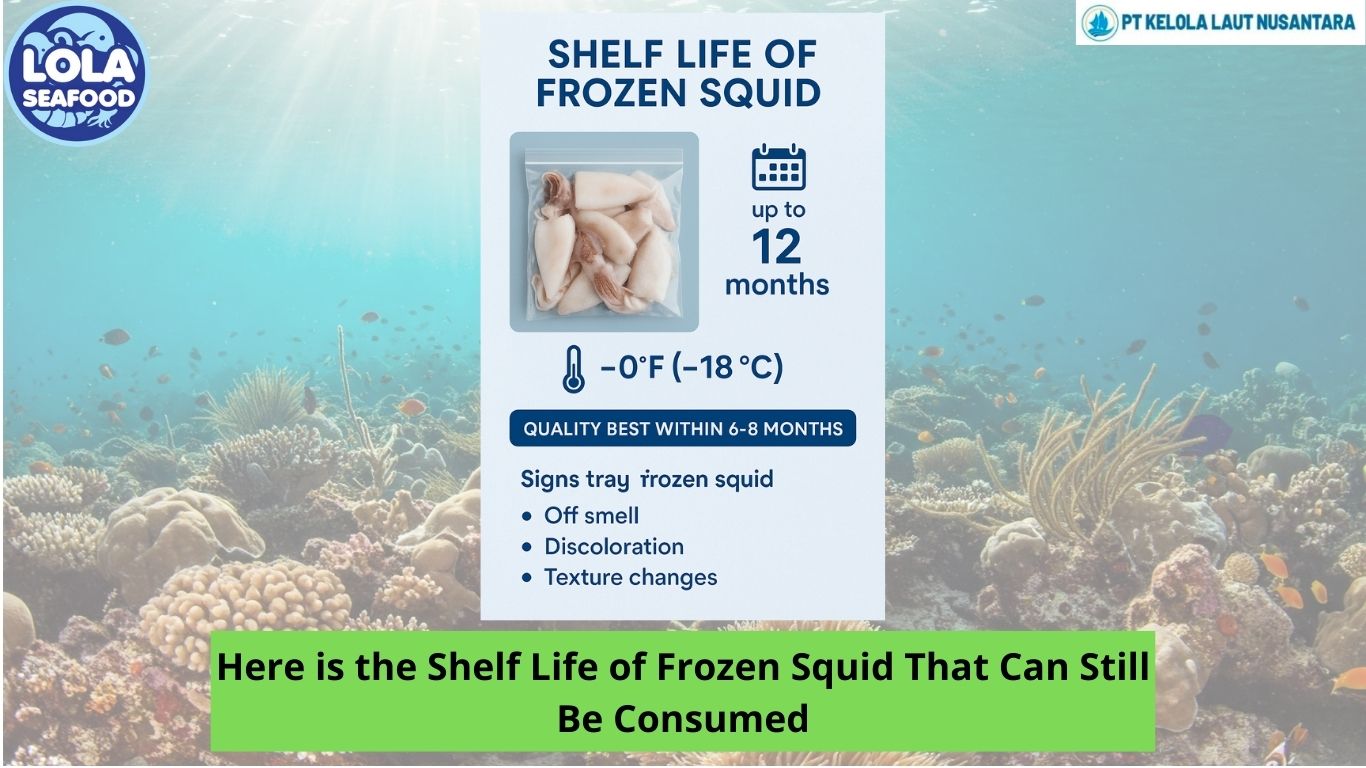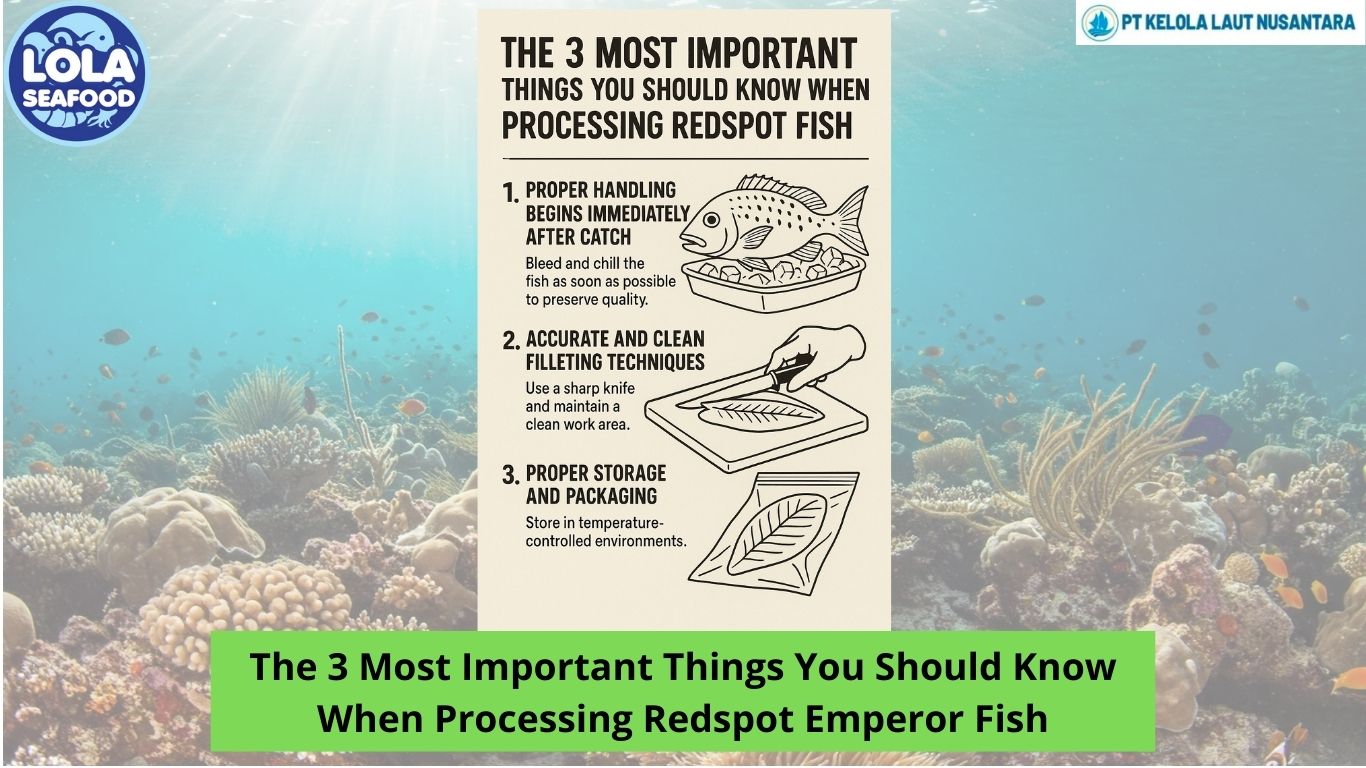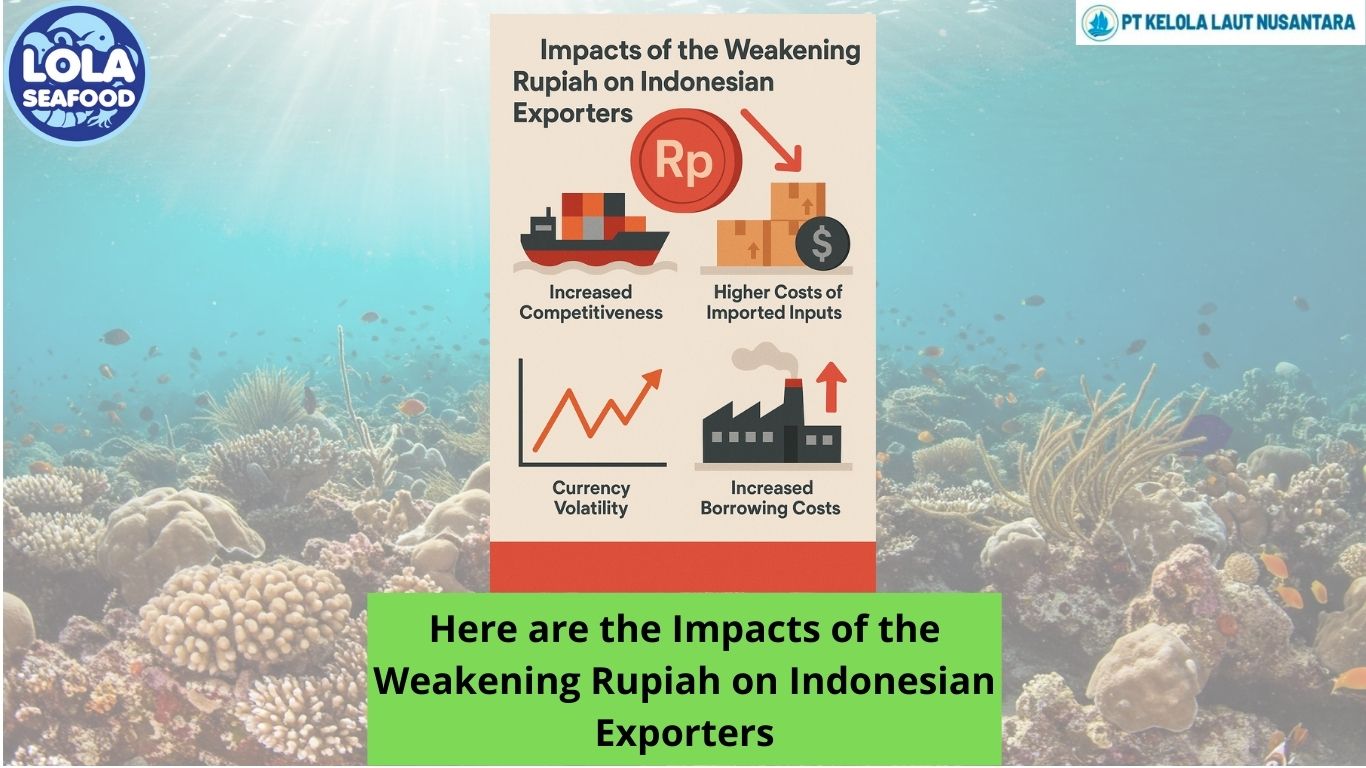DIFFERENCES BETWEEN MASTER AND HOUSE BILL OF LADING
By. Najih - 11 Oct 2024.jpg)
Differences between master and house bill of lading are:
1. Issuer
Master bill of lading: The Master B/L is typically issued by the main carrier or the shipping company responsible for the transportation of the cargo. It represents the entire shipment, encompassing all individual consignments.
House bill of lading: The house B/L is issued by a freight forwarder or a Non-Vessel Operating Common Carrier (NVOCC). It pertains to specific individual shipments within the larger cargo, each having its own set of terms and conditions.
Shipper:
Master bill of lading: The shipper on the master B/L is often the NVOCC or the freight forwarder responsible for consolidating various shipments into a single container or consignment.
House bill of lading: The house B/L lists the actual shipper, which may be an individual exporter or manufacturer. It specifies the origin of the goods and the entity responsible for the shipment.
2. Consignee
Master bill of lading: The consignee is typically the main freight forwarder or NVOCC. The master B/L is directed to their agent or office at the destination port.
House bill of lading: The house B/L specifies the consignee who will receive the goods at the destination. This could be an importer, distributor, or any entity that is the ultimate recipient of the cargo.
3. Control and responsibility
Master bill of lading: The main carrier or shipping company retains control and responsibility for the entire shipment. They have oversight of all the individual shipments within the container.
House bill of lading: The house B/L grants a degree of control and responsibility to the freight forwarder or NVOCC for the specific shipments mentioned. They manage the logistics and documentation for these individual consignments.
4. Scenarios for master bill of lading
Industries: The master B/L is commonly employed in industries where goods are consolidated into a single container, such as in the shipping of mixed cargo or Less than Container Load (LCL) shipments.
Shipping methods: It is typically used in ocean freight, particularly when a cargo consolidator is involved in assembling various goods for a single shipment.
5. Scenarios for house bill of lading
Businesses: House B/Ls are often utilized by freight forwarders and NVOCCs who manage the transportation and documentation for individual shipments, often in Full Container Load (FCL) situations.
Shipping scenarios: They are commonly used when various shippers have goods destined for the same port, and the freight forwarder handles the logistical and documentation aspects on their behalf.

.jpg)
.jpg)
.jpg)




